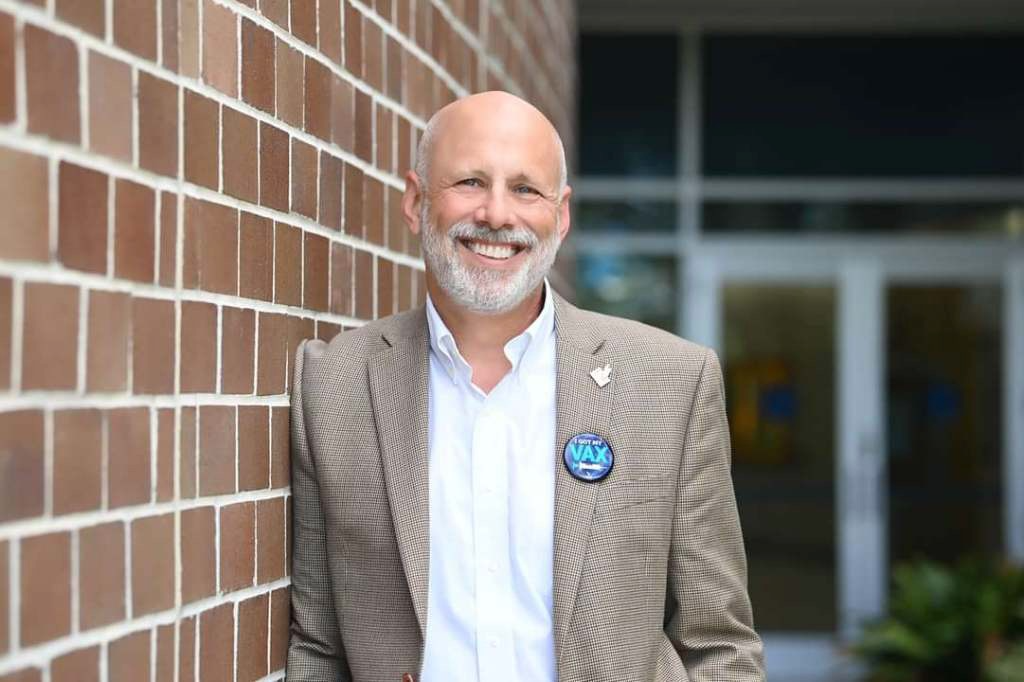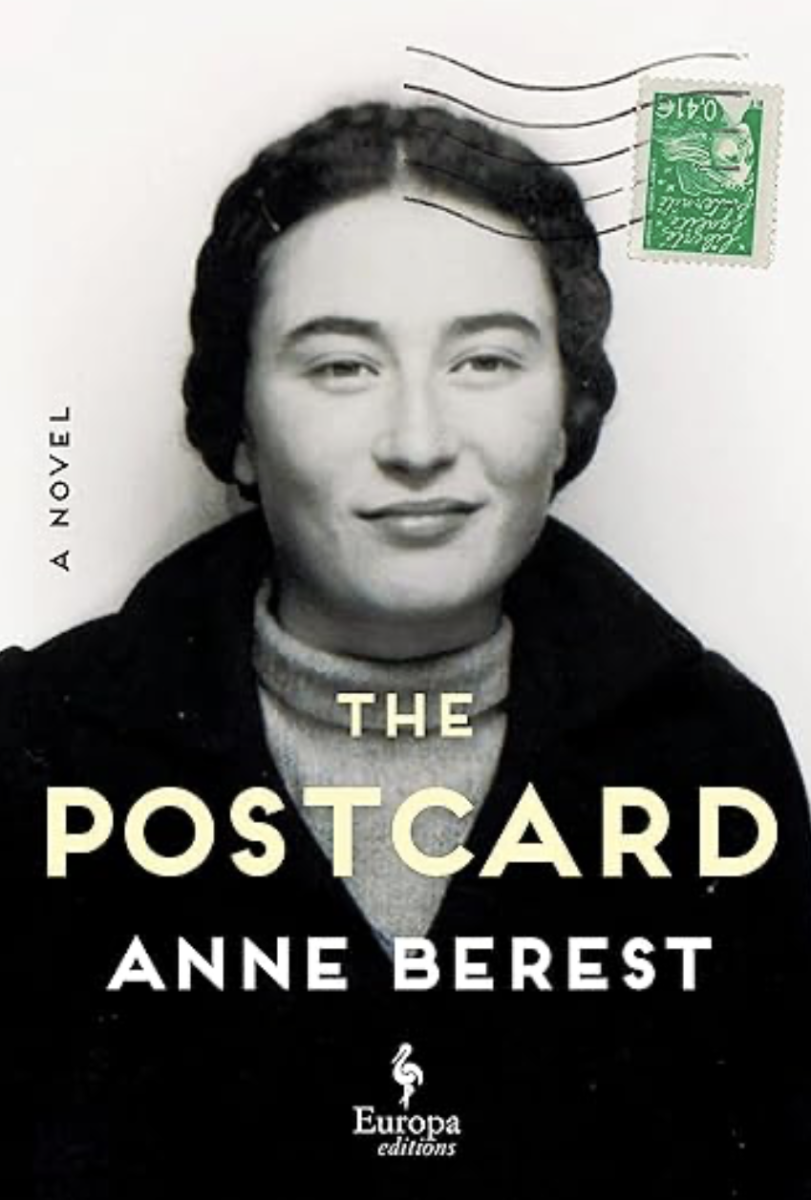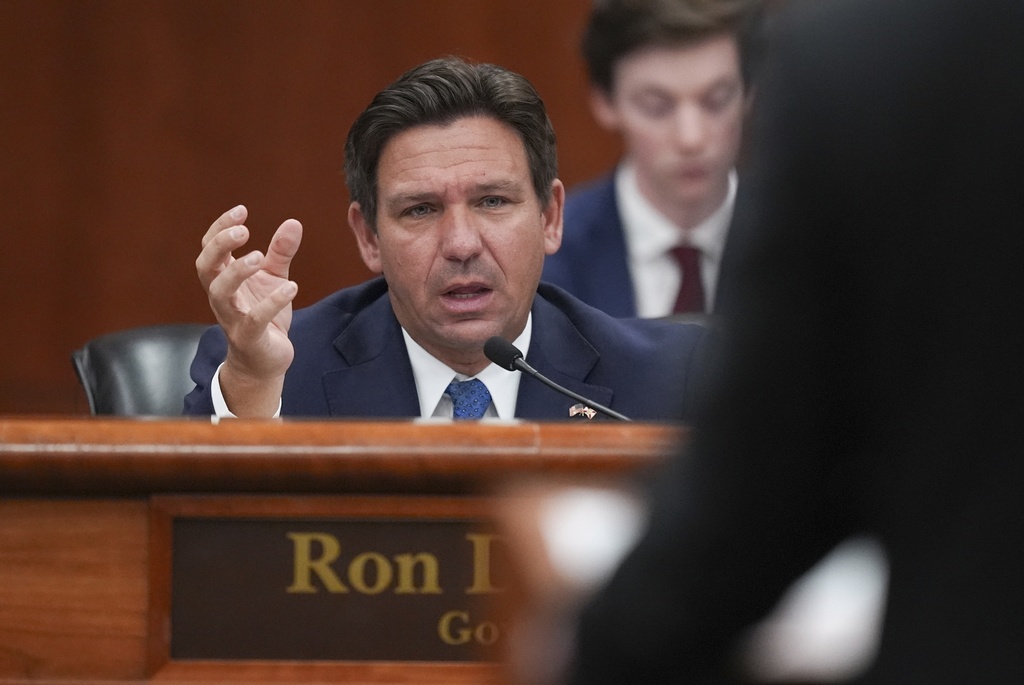In a Last Week Tonight with John Oliver bit aired on March 18, 2018, John Oliver announced the release of the show’s book A Day in the Life of Marlon Bundo. This actual children’s book is about a rabbit who lives with their “Grampa” Mike Pence and while out hopping one day finds (and falls in love with) another boy bunny and decides to get married. The book is about tolerance and acceptance of people in the LGBT community, not to mention grinding Vice President Pence’s gears by parodying the release of his family’s own book about a bunny with the same name.
Despite glowing reviews and a generally warm critical reception, it has reached the number two spot on the 2018 “Most Challenged” list produced from the American Librarian Association for “including LGBTQIA+ content, and for political and religious viewpoints.”
For those who may be unaware, this list has contained the likes of To Kill a Mockingbird, The Kite Runner, and The Absolutely True Diary of a Part-Time Indian; subsequently this list has also contained works such as Captain Underpants and Harry Potter.
But why are the Librarians organizing things like Banned Book Week to talk about these books?
It has to do with a Supreme Court decision that has put a stop to public institutions being able to ban books simply on message alone. For instance, the book The Color Purple was challenged in regards to it’s “troubling ideas about race relations”; this book is not able to be removed from public libraries or school libraries because the content isn’t deemed inappropriate to a specific age group. When you consider Fifty Shades of Grey however, it is seen as inappropriate for school-age children is allowed to be removed from school libraries due to it’s sexually explicit nature.
Most of these challenged books meet their biggest match in school libraries. It is much harder to get books removed from public libraries than those primarily used by elementary, middle, and high schoolers. It is thought that rather than society as a whole restrict what is available to a public with a right to access information that, instead, the families should deem what is and is not appropriate for their children to read.
The ALA has identified “equitable access to information and library services” as a part of their core mission, meaning that any viewpoint or story that is able to be displayed in their libraries should be. The act of banning a book is the act of silencing an author.
I believe that we should support the libraries in this mission. Libraries are some of the few bastions of equity we have in a society built around who has money and who does not. These are the institutions of public access to internet, books, meeting rooms, and community engagement. This is where those who are unable to purchase a book can finally read the books they’ve heard about, this is where a person who has gone without a home can find warmth and perhaps a job.
The Challenged Book list reminds us that despite having a society which is growing more accepting, we still face intolerance. The authors may be brave enough to write these books that get challenged, but the librarians are brave enough to defend them.
–
For more information or news tips, or if you see an error in this story or have any compliments or concerns, contact editor@unfspinnaker.com.















